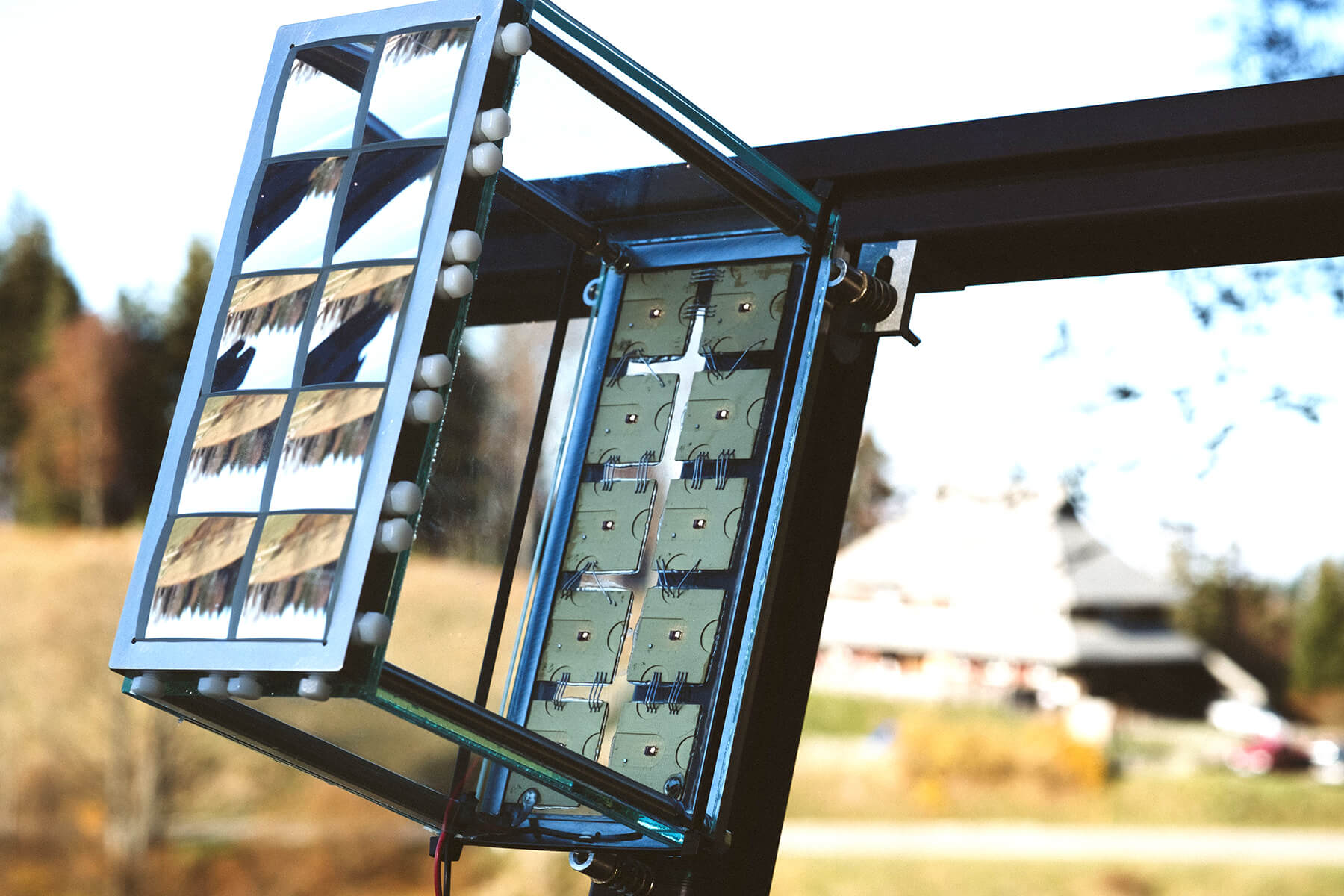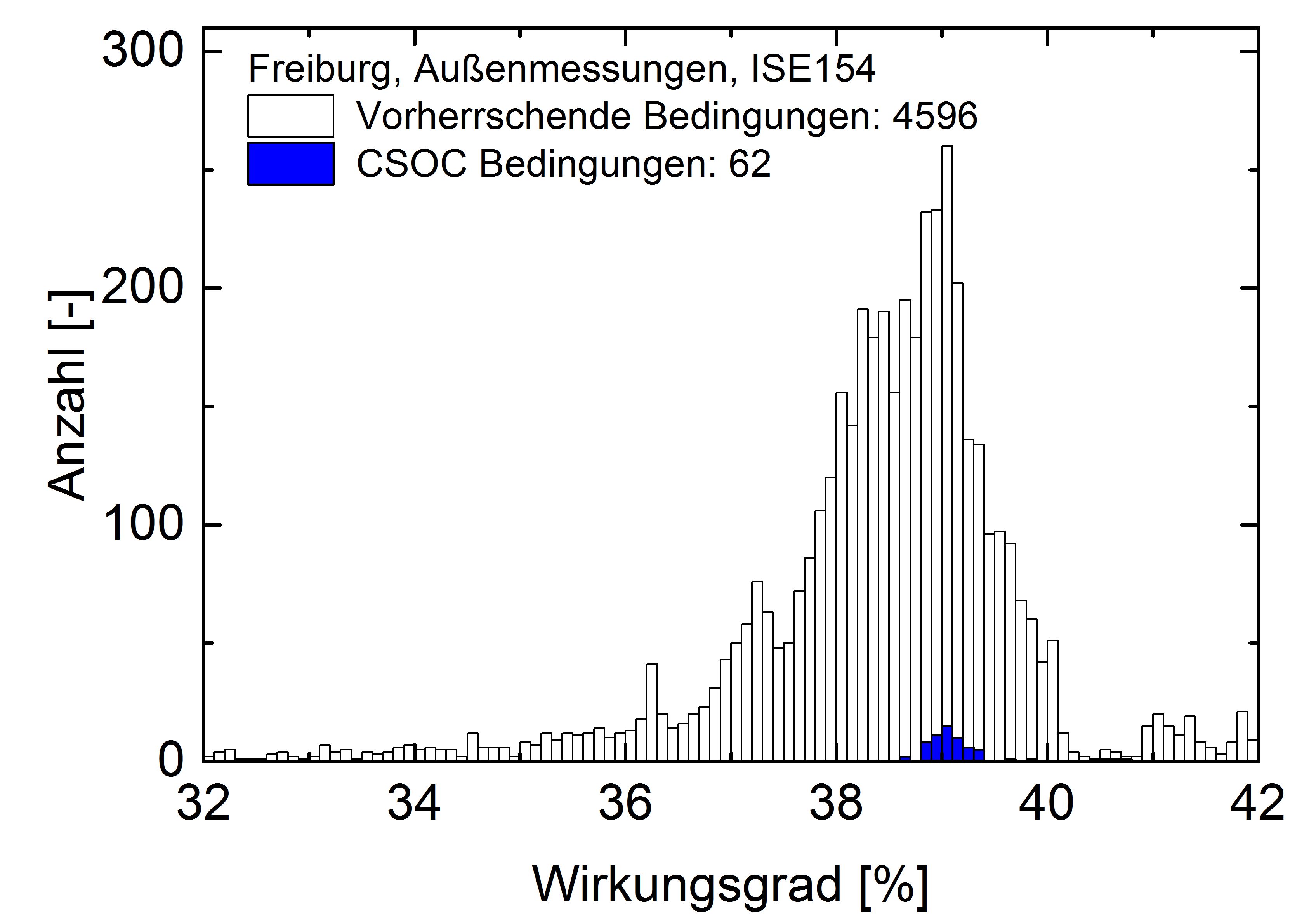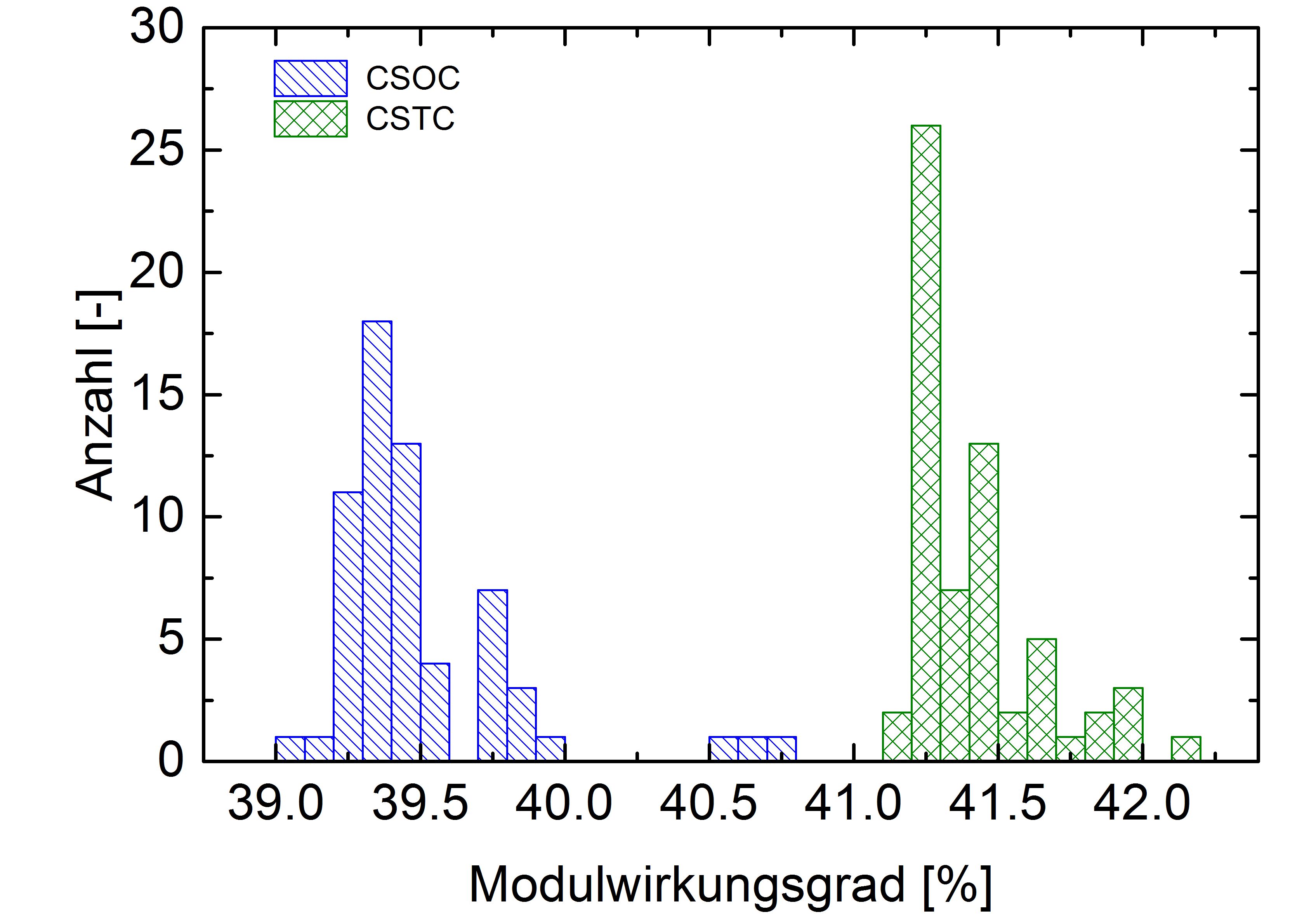| Duration: | May 2015 - October 2018 |
| Contracting Authority/ Sponsors: | European Union |
| Project Partners: | National Renewable Energy Laboratory (NREL) |
| Website: | www.cpvmatch.eu |
| Project Focus: |
CPVMatch – Cutting-Edge Technologies and Cells for Concentrator Photovoltaic Modules Enable Highest Efficiencies



Concentrator Photovoltaics (CPV) is the technology that achieves by far the highest efficiencies for converting sunlight into electrical energy. This is due to the use of highly efficient multi-junction solar cells and special optics to the focus sunlight on the solar cells. In the EU-funded project CPVMatch, a consortium of 9 research institutes and companies has dedicated itself to optimizing these two elements in terms of efficiency and manufacturability. Recently, a concentrator module with a module efficiency of 41.4% was realized at Fraunhofer ISE as part of the project - this is the highest value ever achieved for a photovoltaic module.
An important part of the project CPVMatch was the development and construction of next generation CPV module prototypes. One of the realized concentrator modules is shown in Figure 1. This CPV module consists of achromatic full glass lenses that focus sunlight almost loss-free onto highly efficient four-junction solar cells. The electrical characteristics of this CPV module were evaluated at Fraunhofer ISE. For this purpose, its electrical output power including the ambient conditions were automatically measured on a sun tracking unit. Figure 2 shows the found distribution of the electrical module efficiency under the prevailing environmental conditions. For the electrical output power of CPV modules parameters such as temperature, wind, intensity and spectral composition of sunlight are most relevant. For these four influencing variables, the standard IEC 62670-1 defines standard conditions. A distinction is made between concentrator standard operating conditions (CSOC) and concentrator standard test conditions (CSTC) for concentrator PV modules. These standard conditions enable comparability between different module technologies and locations. At Fraunhofer ISE, the electrical efficiency for the module shown in Figure 1 was determined in accordance with the standard IEC 62670-3. The determined distribution of the standardized efficiencies is shown in Figure 3. As an average, the prototype module achieved an efficiency of 39.5% for CSOC and 41.4% for CSTC. For a CPV module of this size, this is currently the highest efficiency measured worldwide.